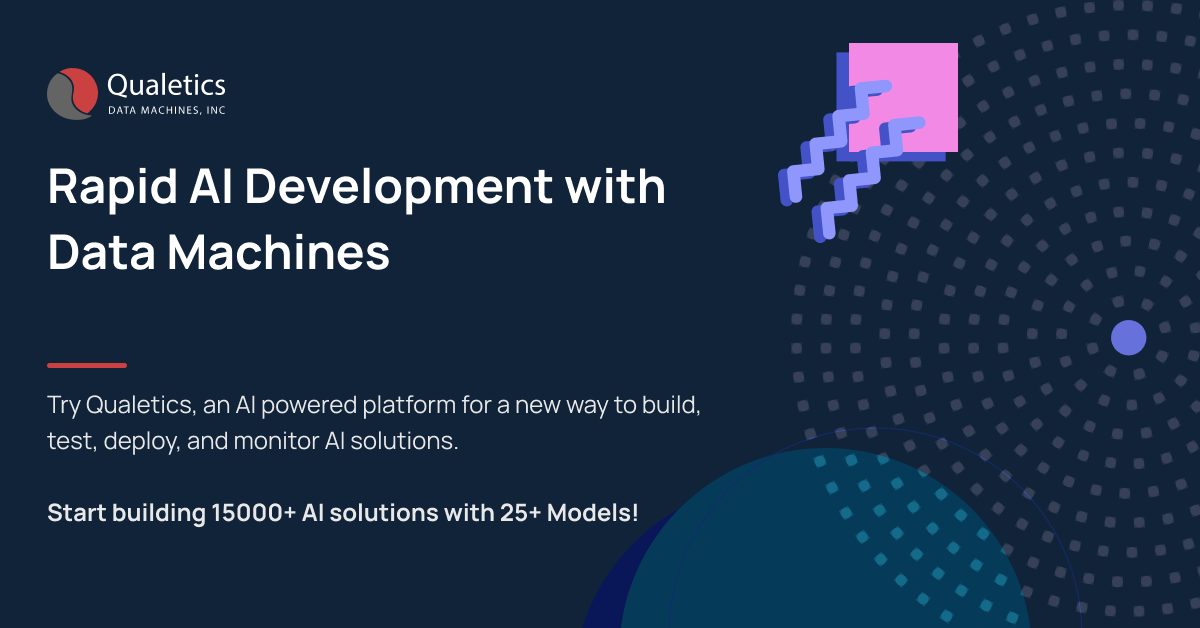Product Analytics: Definition, Benefits, Importance & Role of AI
Product analytics provide information about your software product performance, user behavior, and conversion rates. This data can help you understand how your software or app is performing and identify areas for improvement.
Definition: What is Product Analytics?
Product analytics is the practice of measuring, collecting, analyzing, and reporting data associated with the use of a software-based product. It includes the analysis of actual user behavior and real-time continuous feedback. Product analytics is used to make decisions on how to improve an existing product or create new products.
Product analytics is created by tracking data points such as:
- User activity after viewing a page, such as time spent on the page or products viewed on the page
- How customers interact with a product, including viewing, adding to cart, and purchasing the item
- Goal completion times such as Purchase times and frequency of purchases in comparison to other actions on your site
You can use this data to increase user experience and improve conversion rates, which will increase revenue.
Why Is Product Analytics Important?
In today’s world, every business has gone data driven. In order to make informed decisions, you need insights. Product analytics gives you the insights you need by helping you understand your customers and how they interact with your product.
It is important to be aware of your customers’ needs, wants, and expectations so that you can fulfill them. Product analytics helps you do just that by providing you with the information that will help improve your users’ experience while using your product. It also enables you to attract new customers and increase sales based on actionable insights.
Product analytics is important because it helps you answer questions fundamental to the success of your business. Without these answers, you will be flying blind into your new product launch or next marketing campaign.
Trying to figure out how to improve a specific part of your business or looking for ways to tweak your messaging? Analytics will give you the answers you need.
Product analytics informs:
- How much revenue a product generates, where it comes from and what channels are driving it.
- What parts of a customer’s journey are most effective at converting them into paying customers.
- What changes can be made to a customer’s experience that would result in more sales or increased lifetime value?
From a marketing perspective, this is critical information when making decisions regarding what channels to focus on, which leads to nurture, and which ones deserve more attention. If you’re selling a subscription-based SaaS product, this can help you decide what features of your product are resonating most with customers and whether they’re receiving sufficient support.
Product analytics tools give you information about your users that you can use to make improvements to their experience. You can also use them to get a better idea of who your user is. You can find out how often they visit your product, where they drop off when using it, and how they interact with different features and parts of the interface.
Product Analytics- Key Metrics
Here are some of the key Product Analytics Metrics you must track:
- Usage metrics – this includes daily active users (DAU), monthly active users (MAU), user session counts, etc.
- Engagement metrics – How many users are using your product? How often? What actions are they performing? Are there actions that they’re not performing that you should be encouraging?
- Retention metrics- How many are new and repeat users? How often do they come back? Do new users stick around, or do they quickly churn out of your app or site?
- User demographics – age, gender, and location, etc.
- Social media interactions – likes, shares, and customer sentiment.
- Product revenue – conversion rates from free to paid plans, plan upgrades, etc.
Product Analytics vs Marketing Analytics
Here is a summary of the difference between Product Analytics and Marketing Analytics:
Product Analytics helps you to answer questions, such as: What do customers spend the most time on? Which product page most often converts to purchase? Which features do customers are liking and dislike?
Marketing analytics answers questions like, which channel drives the most traffic, sales, or leads? Which marketing campaign worked better? Which email template has the best open rate, click rate, or unsubscribe rate?
Marketing analytics focuses on the customer journey, while product analytics focuses on the design of the product. Marketing analytics focuses on turning visitors into paying customers, product analytics seeks to engage existing customers. Product analytics is more concerned with how the product can be tailored to suit different customer needs, while marketing analytics is more concerned with tailoring the customer journey to fit the product.
Product analytics’ success is determined by understanding user interactions and determining how these interactions can constantly be improved to create the best experience. On the other hand, marketing analytics success is determined by the user taking the desired action.
Types of Analysis Product Analytics Tools Help With
There are a number of features that can be found in product analytics software that can help you to gain deeper insights into your business and ultimately lead to better financial and strategic planning. These include:
- Cohort analysis – It is an analysis of a group of people who share a common characteristic or experience. In retail, cohorts are usually based on customer behavior. For example, an apparel company might break its customers down into three cohorts: those who subscribed to its product in a given month; those who converted from free to the paid version in a given month; and those who didn’t subscribe in that time period.
- Churn analysis – It is the process of predicting whether a customer will cease using a service or product within a given time frame. Churn analysis is used by companies for planning purposes. It enables them to work out which customers are worth targeting with marketing campaigns and which products are shifting units or in need of changing. This process can be automated by applying algorithms to historical data.
- Retention analysis – It is a method used to forecast the number of customers who will continue to use your product. It is an important component of product life cycle management. This type of analysis is used to monitor customer loyalty, identify customer segments, and gain a better understanding of which customers are most valuable to your business.
- Usage Analysis – This is the most common type of product analysis. It focuses on how users interact with the product. Examples of usage analysis are: how many times a user accesses a product, the length of interaction with the product, the number of interactions with the product during a specific period, and so on.
- Funnel Analysis- This type of analysis focuses on understanding the sequence or “funnel" that users follow to complete a specific task using your product or service. You can use funnel analysis to determine where users drop out, either by not completing certain tasks or by not purchasing certain products as part of a larger bundle.
AI in Product Analytics
Artificial Intelligence (AI) is playing a significant role in Product Analytics. AI-driven analytics tools are used for analyzing the data that’s generated from many sources, such as products, sales performance, social media, and customer service interactions. The role of AI in product analytics is to help you sort through all the data you have, identify trends, predict potential problems and opportunities, and create models that can be used to improve products or guide future decisions. The data collected through multiple channels is then fed into a machine learning algorithm that processes it and makes predictions about future outcomes. The power of AI analytics lies in its ability to quickly learn from new data and adjust its predictions accordingly. This makes it a powerful tool for predicting user behavior as well as developing next-generation products and services. AI will be used to identify the right features for a product, validate hypotheses, and understand user behavior.
Predictive analytics is another way to incorporate AI into your product. Predictive analytics uses historical data to create a model that predicts outcomes based on current values or specific conditions. For example, using predictive analytics, you could analyze past sales trends to determine the best time of year or day of the week to run a special promotion.
Qualetics: Your AI-Driven Product Analytics Platform
At Qualetics, we believe that product analytics needs to be scalable, cost-effective, and easy to use. That’s why we have built an AI-driven Product Analytics platform that can help you make the most of your data. Our platform helps you collect data from multiple sources and process it in real-time to extract actionable insights. To learn more about our AI Platform or to book a demo, contact us here.


